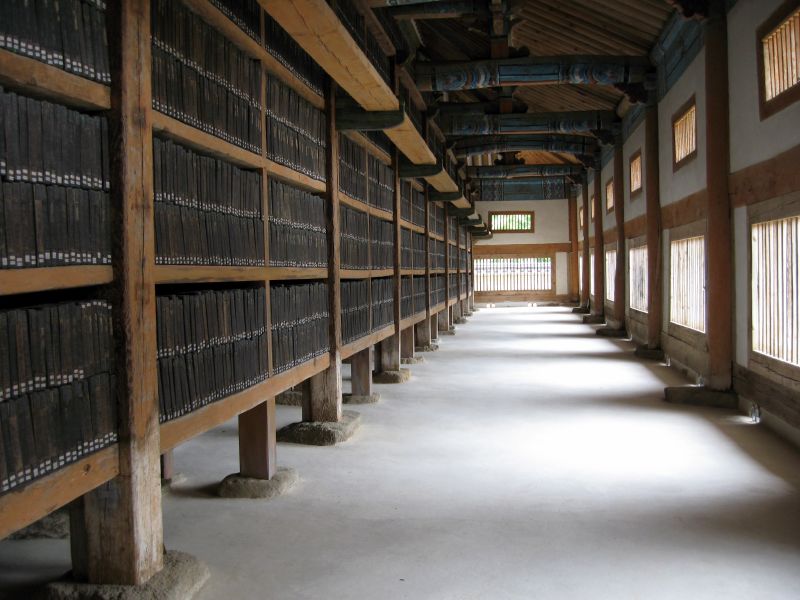You understand. Gosh. I wouldnt even know where to start. I wanted to find the core teachings of the Buddha.
Don't be discouraged. If you want the core Mahayana experience, look at the
Heart Sutra, the
Diamond Sutra, the
Vimalakirti Sutra, and the
Lotus Sutra. While it's true those were composed after the Agamas, the Mahayana view is that they faithfully encapsulate the core teachings of the Buddha. In fact the
Heart Sutra alone can be seen as the entirety of the teachings in just a few lines. A lot of folks imagine that in order to get to the heart of the teachings you have to strip away all the later stuff and just focus on the very earliest material. But what these sutras do is condense and refine that earlier material into a digestible form that develops the philosophy therein to its logical conclusions. It's a living tradition, and some things really do get better with time, as people have a chance to explore and extrapolate and figure out what works best. The
Lotus Sutra is often seen as the culmination of this process.
Those four sutras are all very profound and very stimulating. The early scriptures can often feel like you're slogging through
Leviticus, whereas these will challenge you and engage your imagination. If you read only those four and nothing else, and have something like a commentary to help you understand them, then you'll have a respectable background in Mahayana teachings. It will not substitute for your daily practice, but it you will understand the meaning behind the practice.
In addition to those there are the
Lankavatara Sutra and the
Shurangama Sutra, both of which have been influential in the Chan tradition, as well as the three Pure Land Sutras. They can be seen as supplementing the material in the previous four and are a bit more technical. I haven't made it through all of those yet.
I read online that has the sutra collection (dont know which but its not a one sit read) about practices for layman since a lot of them, ex how high ones bed should be, what to where, are specifically monastic rules. I was thinking theravada falls into this category.
This is the link:
A Complete Buddhist Sutra Collection
There's nothing wrong with the site. The lack of editorial commentary might make some of those difficult to understand, since none of the sutras were composed on the assumption that someone with zero background would be reading them. And it's basically the Pali Canon with some Mahayana scriptures thrown in, so in effect it's kind of Theravada+, or pre-restorationist Theravada. But that might be less of an ideological position and more just the fact that the Pali suttas are easy to find in English translation, whereas the Agamas of the Mahayana canon are not (mostly because they're not widely read by laymen in any case).
As for practices for laymen, the 5 Precepts are standard across all schools (avoid killing, stealing, lying, and indulging in sexual immorality and intoxication). Further precepts are taken by certain people for certain reasons, but I wouldn't worry about that right now. As a layman you can sleep where you want and wear what you want and exercise your own discretion in most aspects of your life. But vegetarianism is very much encouraged even for laymen, especially in the Chinese tradition.
As for the role of enlightened laymen in the Mahayana tradition, the
Vimalakirti Sutra is a nice treatment of the subject (and fun to read too). It firmly rejects the notion that deep enlightenment is only for monastics.

